CMC Ferrari 250 GTO Techno-Promo Model CMC M-173 LE 500
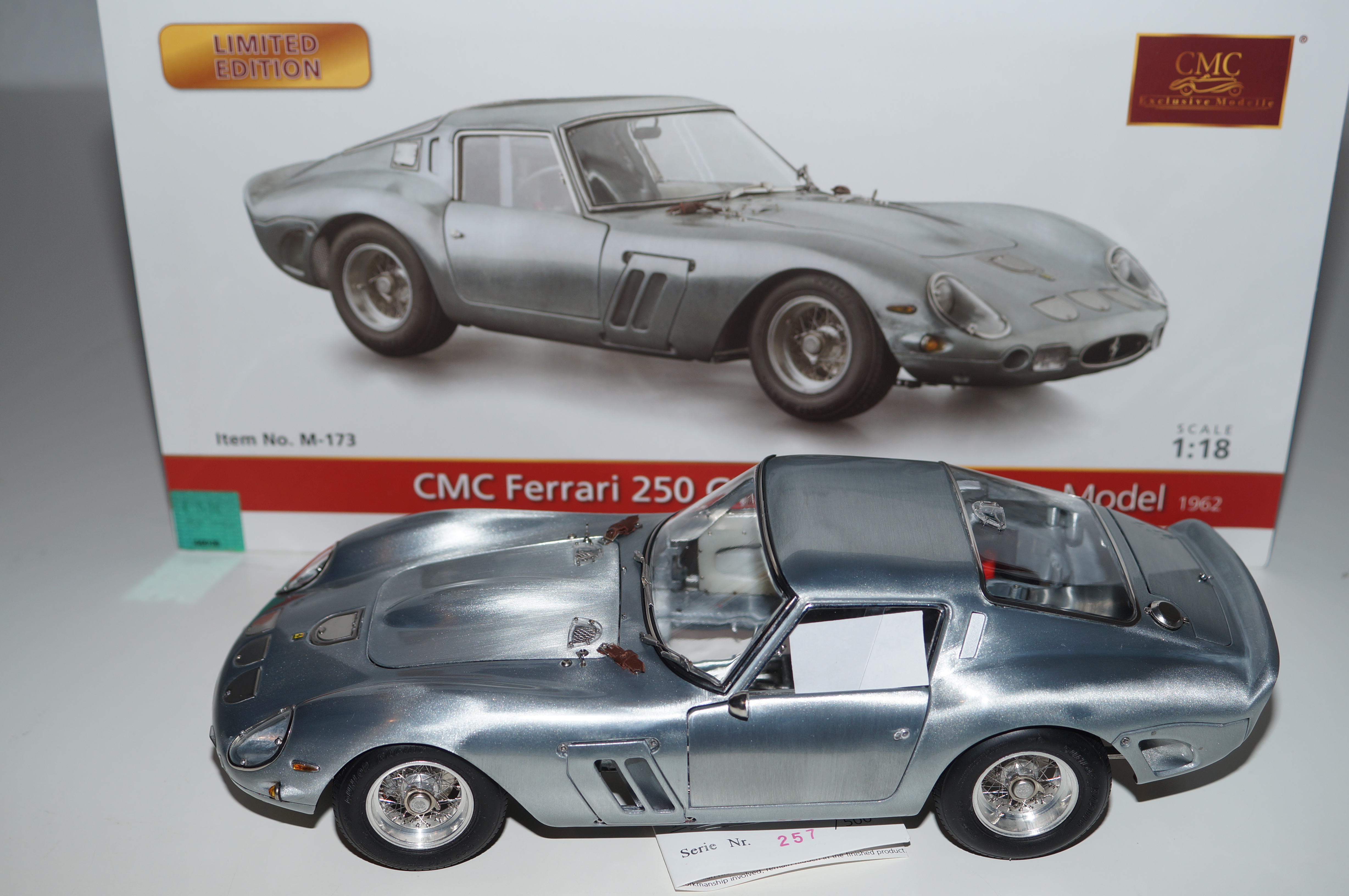

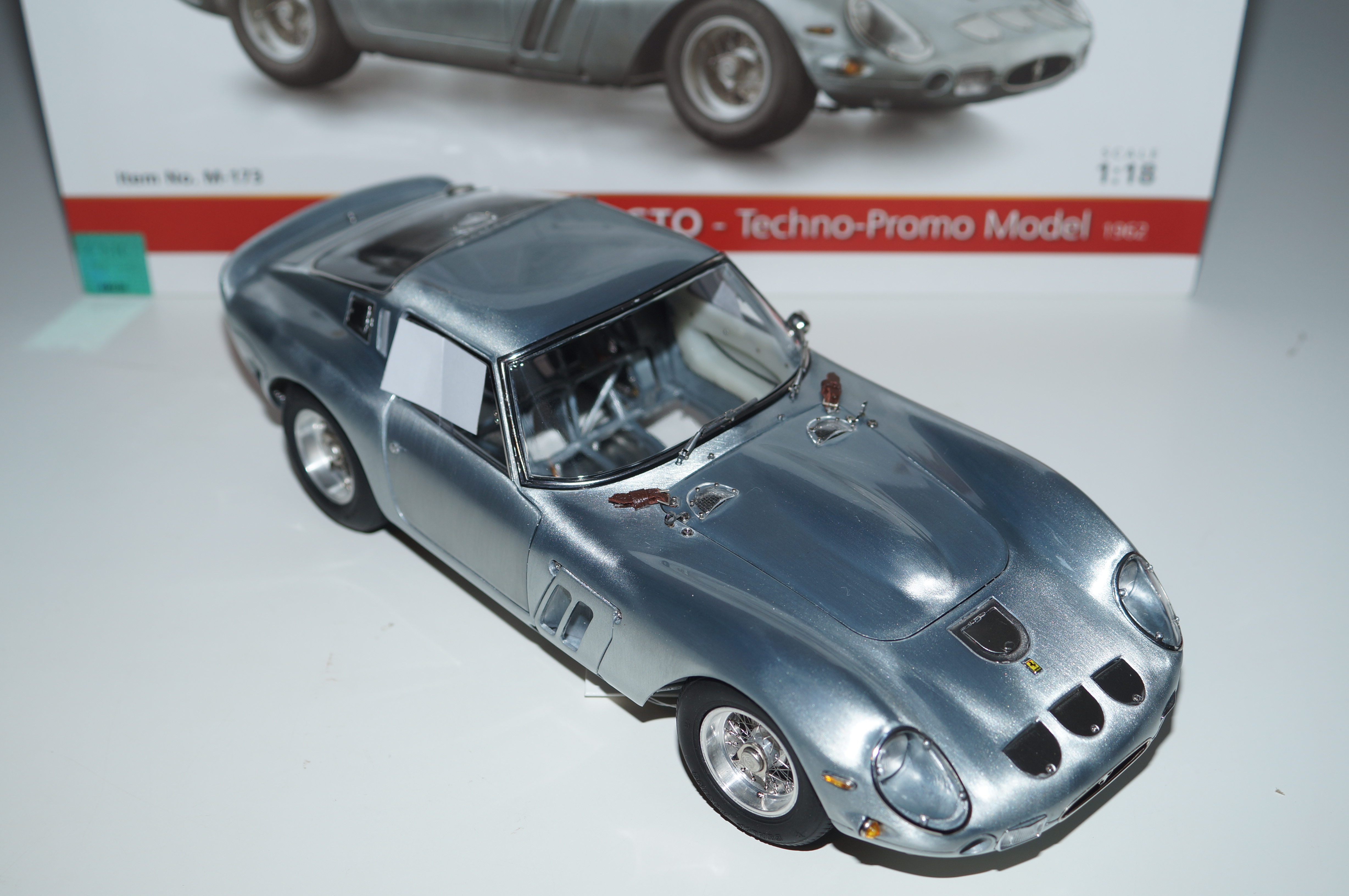
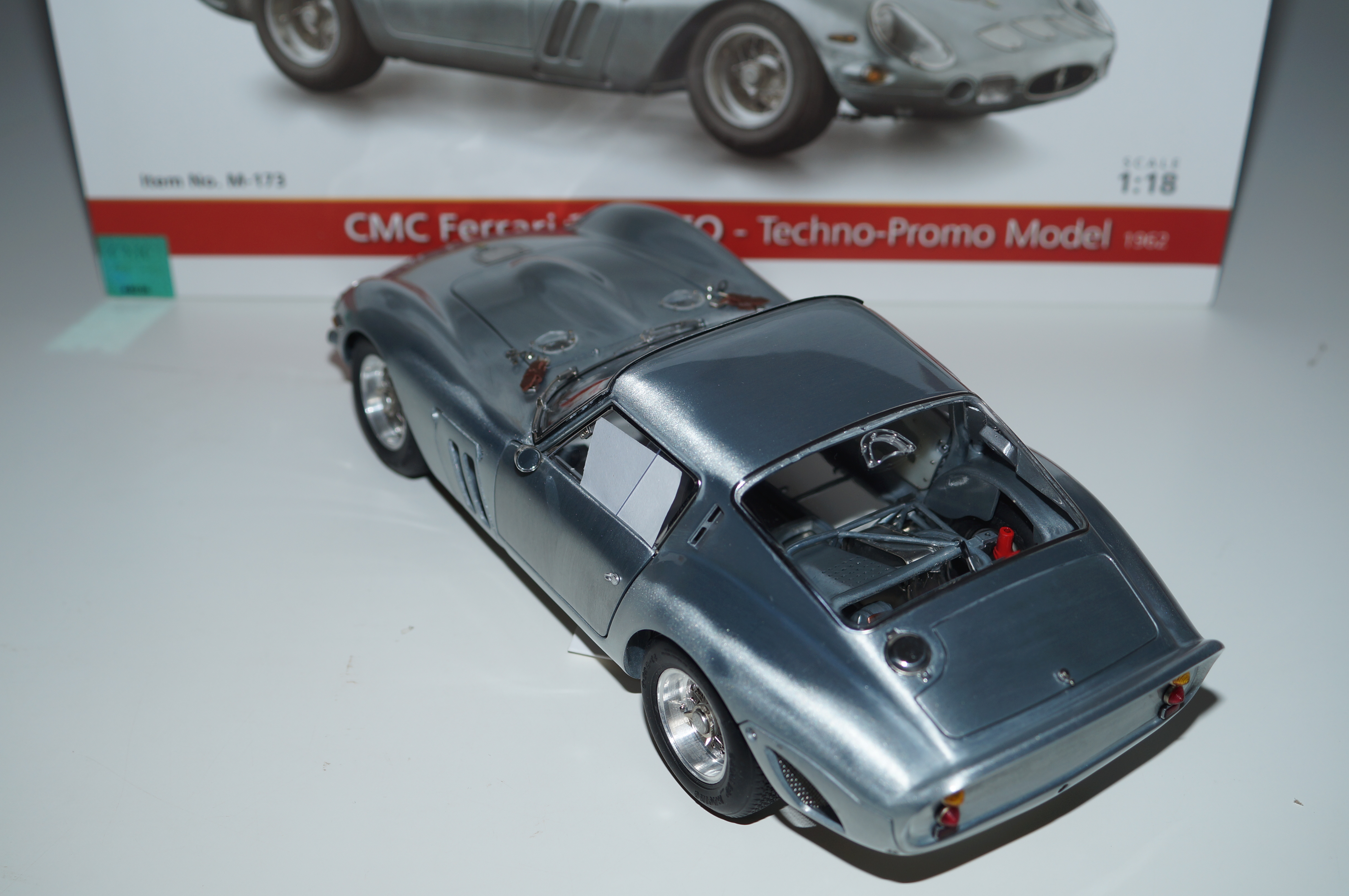
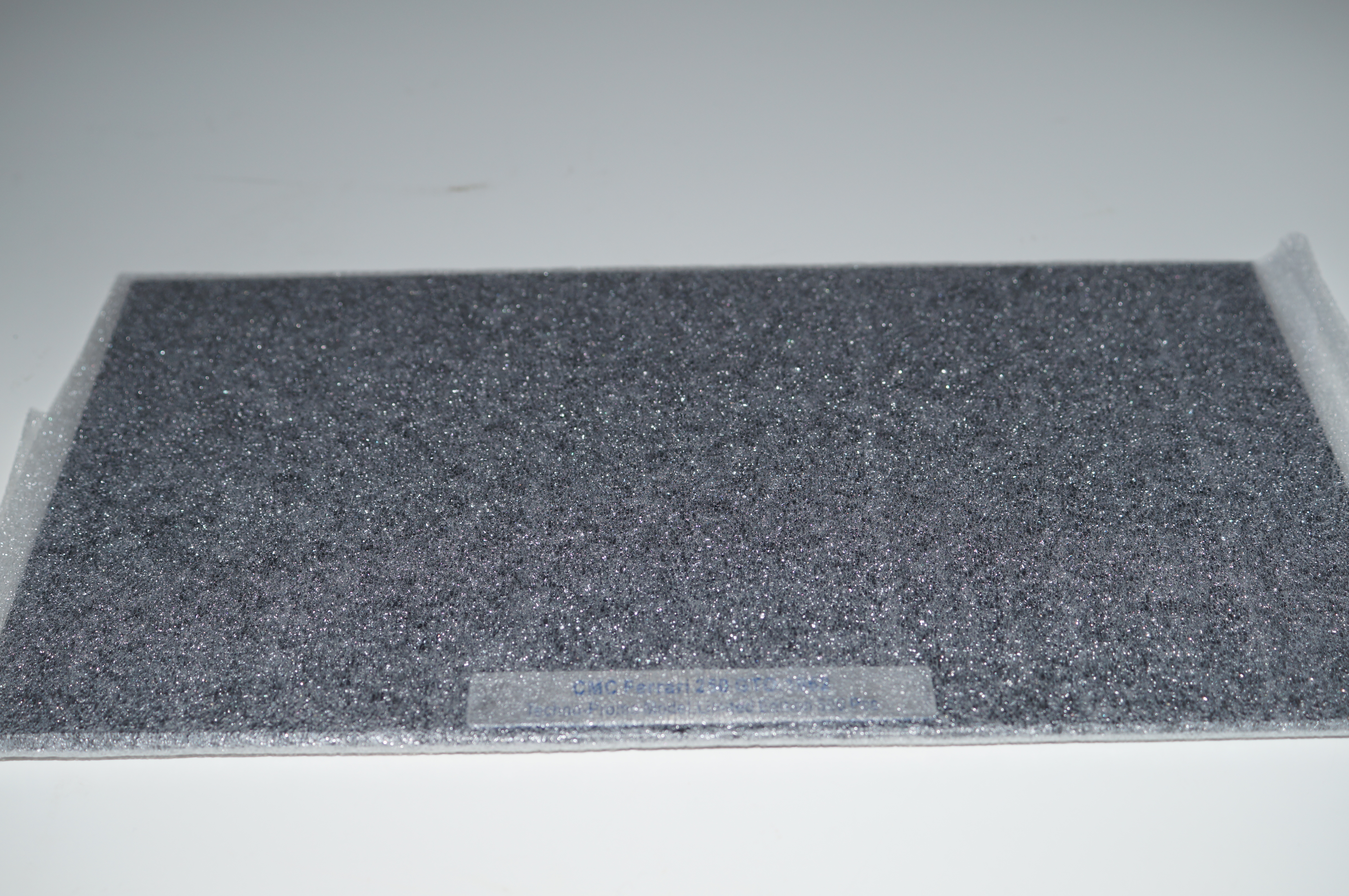
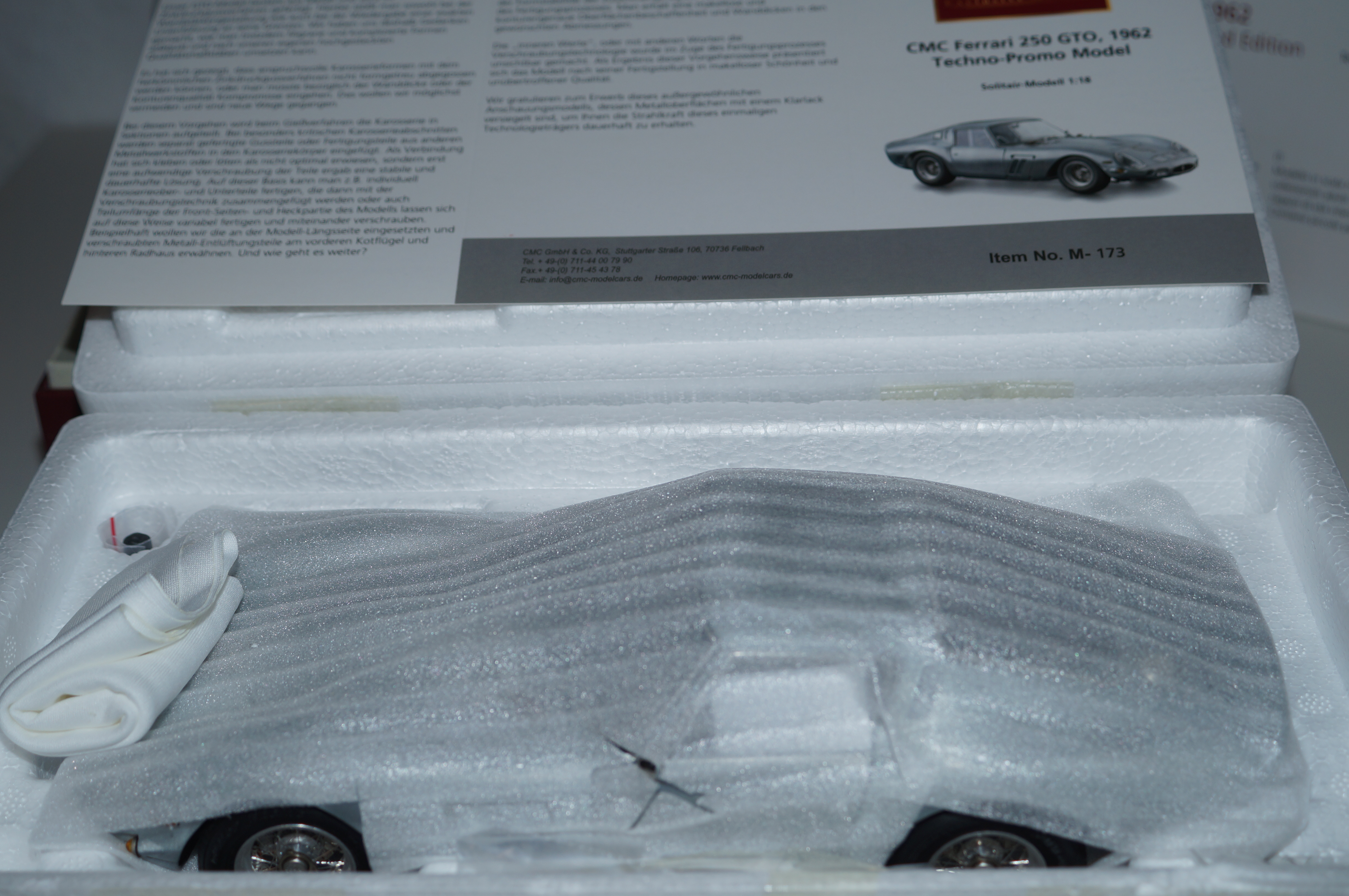
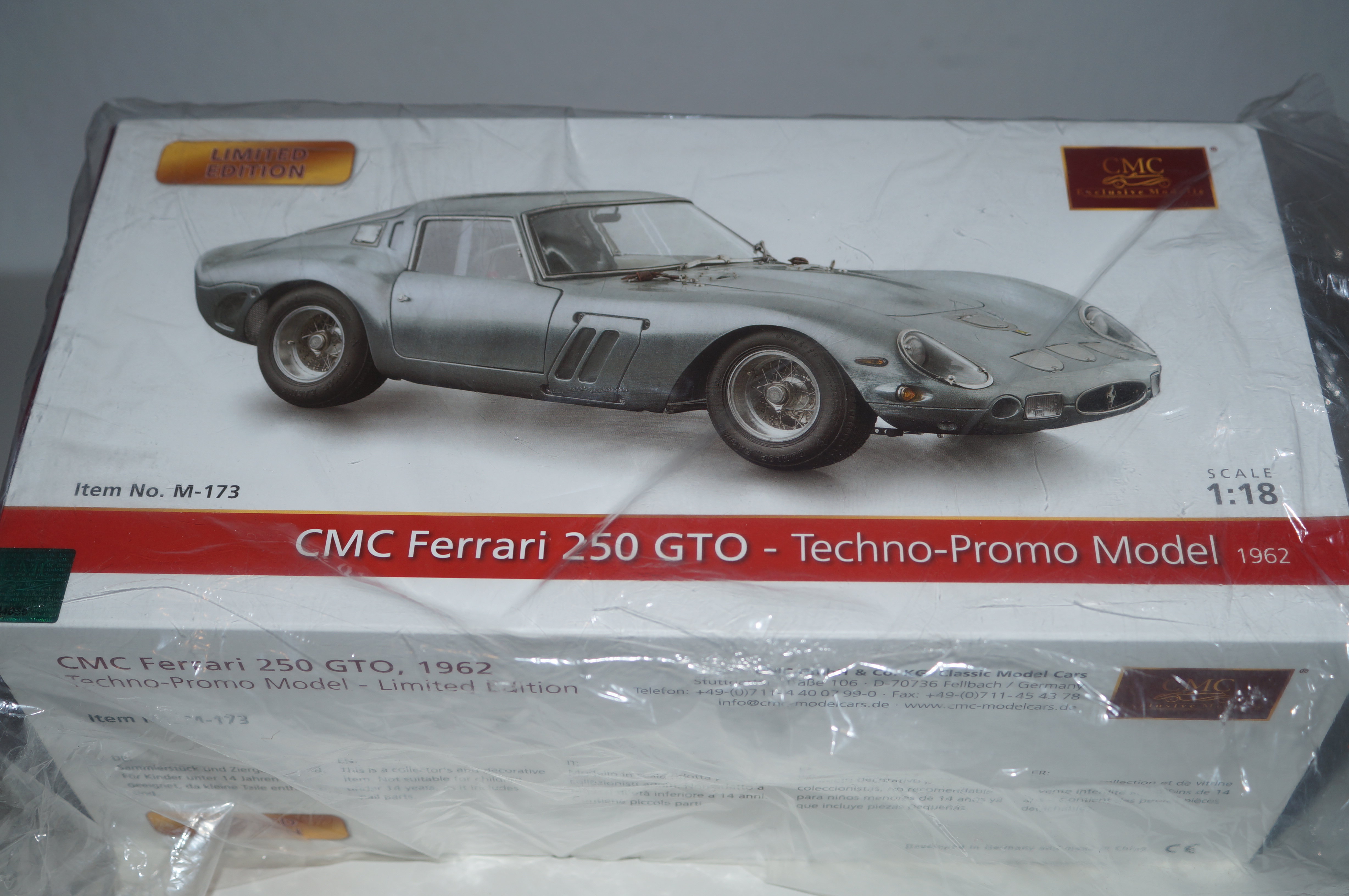
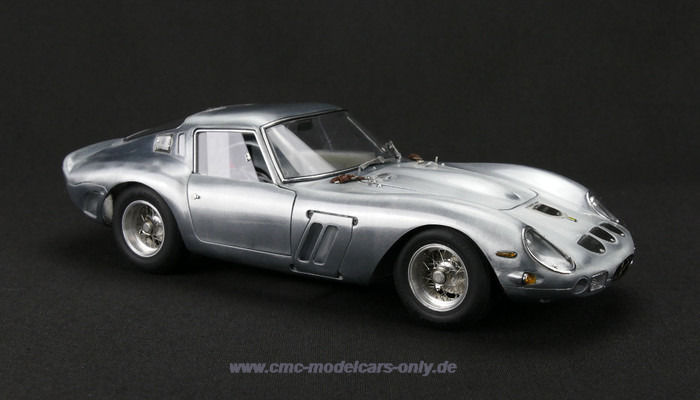
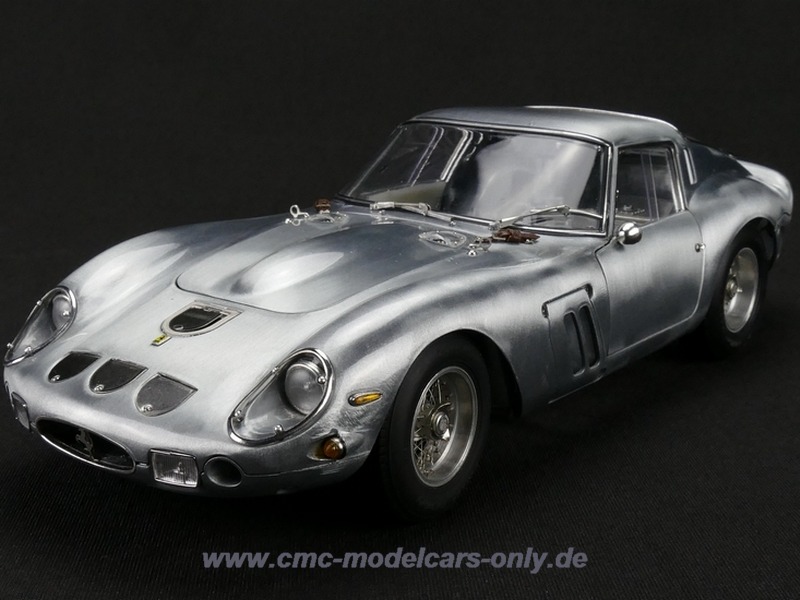
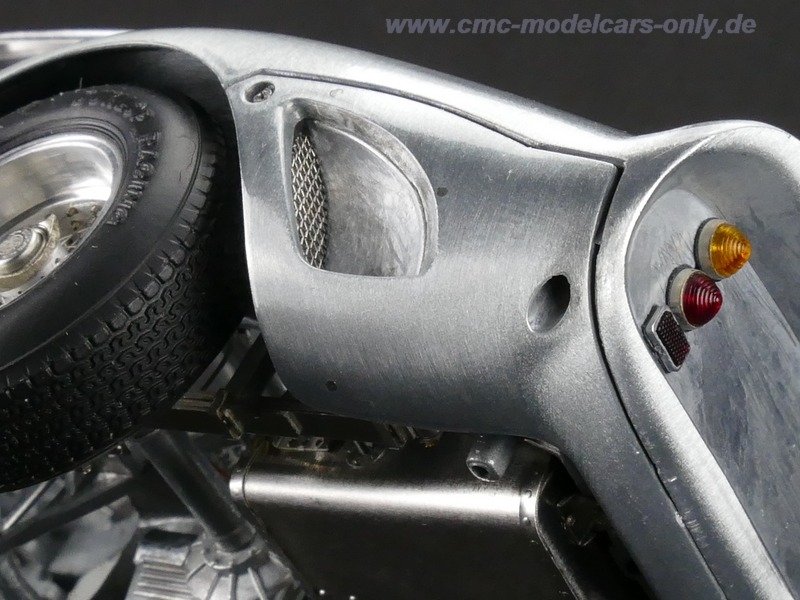
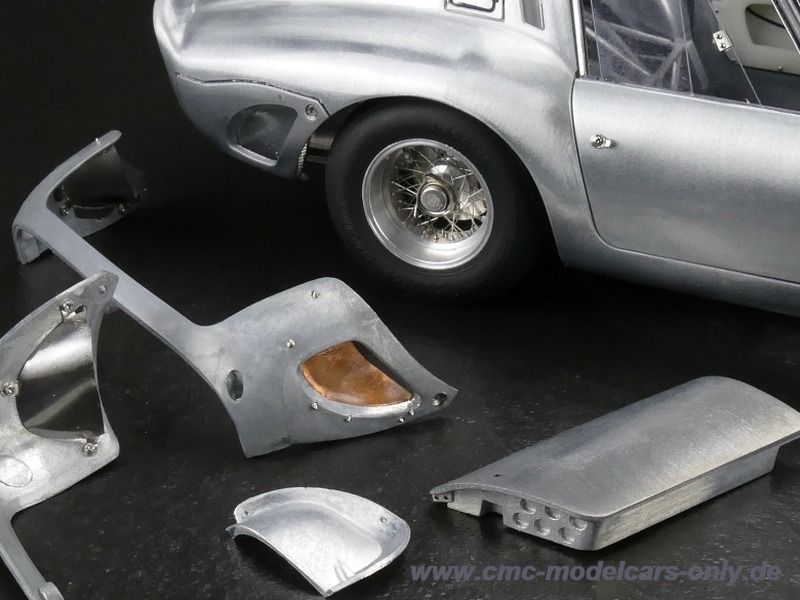
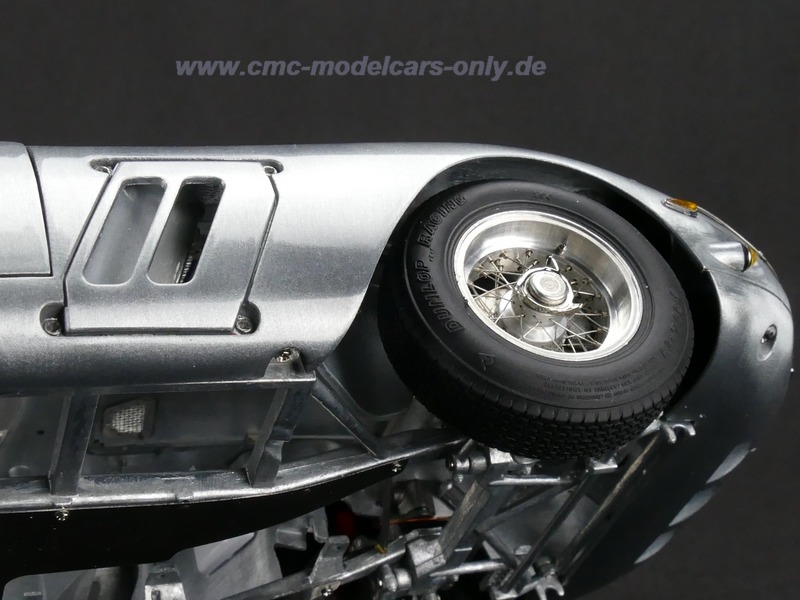
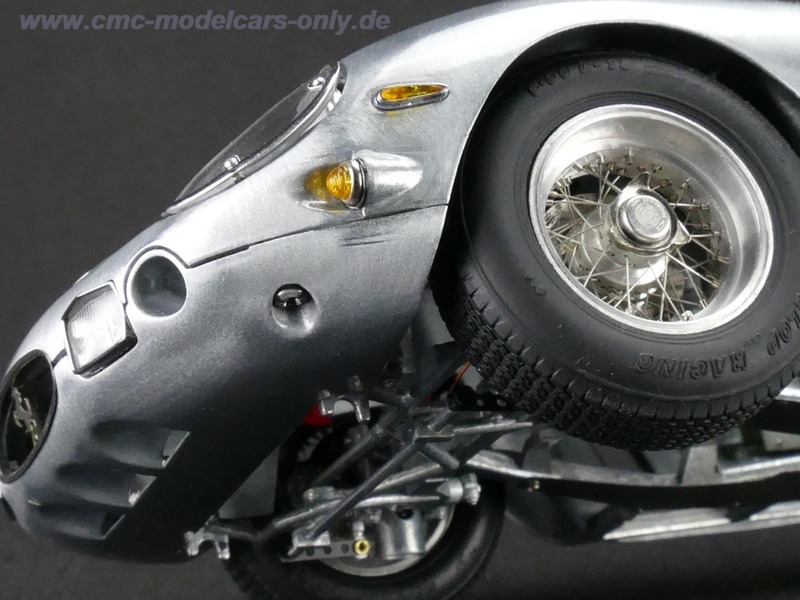
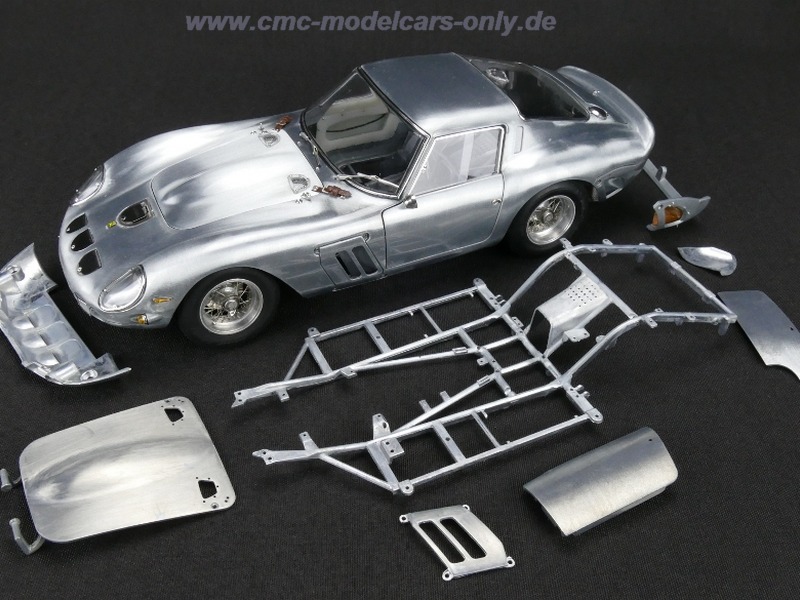










































Product information "CMC Ferrari 250 GTO Techno-Promo Model CMC M-173 LE 500"
Product Description
Our GTO is a metal model primarily built of zinc alloy. Working with this material, one is constrained by the limits that it sets to the minimal thickness and die-casting of a complex contour. This entails that we figure out a way to capture a sophisticated form faithfully and still uphold the benchmark quality of CMC.
Indeed, common sense has it that sophisticated body forms do not lend themselves to conventional zinc die-casting unless compromises are made in regard to wall thickness and contour quality. But people at CMC found this view disagreeable and resolved to break new ground.
Following the new approach developed at CMC, a sophisticated body form is to be dissected into sections that allow for precision casting. If a section is of a particularly complex shape, certain parts may have to be cast separately or made of other metal before the section can be fitted together. To join the parts, gluing or soldering may do the job, but we opt for a more stable and lasting solution – use of screws. With this technique, it is possible to manufacture the top and bottom parts of a body individually and then have them joined as a whole. The same process applies to the making of the front and rear ends of this replica.
Now consider the air vents and funnels behind the front and rear sanders. How do we manage to assemble these independently-made pieces seamlessly? Once the parts are fitted into place, the crevices, including the screw heads, are filled with a special putty before they are carefully sanded, polished, and leveled. A test of form stability will be performed to finish the production process. The result is a flawless, perfectly shaped contour surface with a wall thickness in the desired range of specifications.
This is what we call “innate value” -- a painstaking craftsmanship that becomes invisible in the finished product, but contributes significantly to its acquisition of a flawless beauty and unmatched quality.
Congratulations to you on the purchase of an extraordinary model that brings to light the unique technique and workmanship of CMC in crafting a classic vintage car.
CMC Legal Disclaimer
The use of racing team and/or driver names, symbols, starting numbers, and/or descriptions is solely for reference purposes. Unless otherwise stated, it does not imply that the CMC scale model is a product of any of these racing teams/drivers or endorsed by any of them.
Technical data of the original vehicle:
• Two-seater coupé body (Berlinetta) made of aluminum on a tubular frame with side trellis-frame reinforcement
• 12-cylinder V-engine with a 60⁰ cylinder angle and dual overhead camshafts
• Bore x stroke: 73 x 58.8 mm
• Displacement: 2,953 cc
• Compression: 9.8 : 1
• Maximum output: 300 hp at 7,500 rpm
• Top speed: Approx. 280km/h
• Mixture preparation: 6x Weber 38 DCN-dual carburetor
• Dry sump lubrication
• Transmission: Synchronized 5-speed manual rear-wheel drive
• Suspension: Front independent suspension on trapezoidal wishbones with coil springs; rear rigid axle with longitudinal leaf springs, Koni shock absorbers, and Watt linkage
• Brakes: Disk-brakes all around
• Wheelbase: 2,400 mm
• Track front/rear: 1,354 (1,351) / 1,350 (1,346) mm
• Vehicle length / wide / height: 4,325 / 1,600 / 1,210 mm
• Curb weight: Approx. 900 kg
• Construction period / quantity: 1962-1964 / 36 pcs. + 3 units with a 4-liter-engine
Special feature: 3 covers for the additional air intakes above the radiator grille, also removable if needed.
